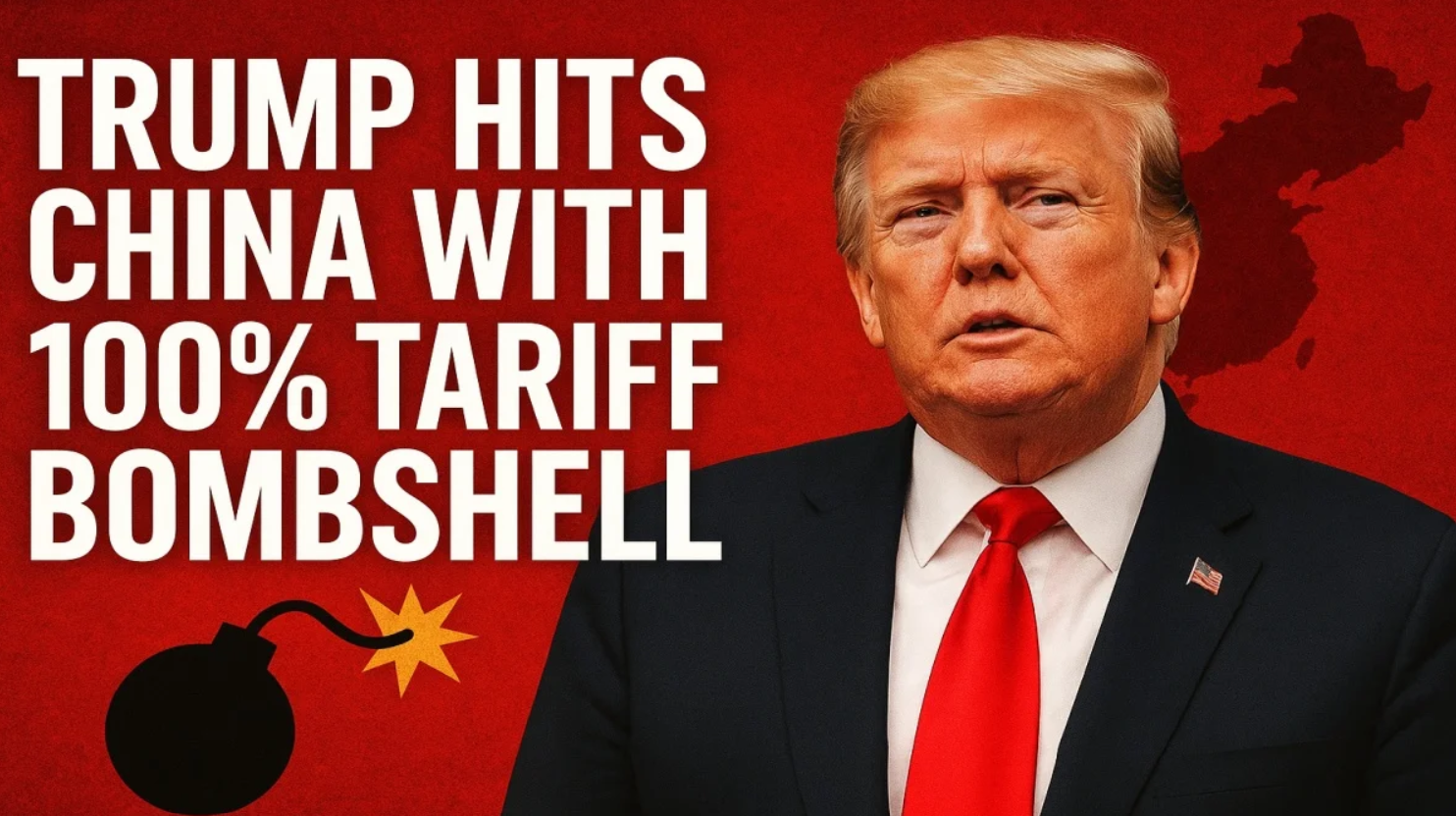You wake up. Check your phone. Watch a reel. Stream a show. Listen to music. Order coffee from your go to app. Somewhere in the background, five to ten auto renewals are silently billing your account. It is seamless. It is convenient. And it is the fastest growing money leak in urban India right now.
Subscription culture has quietly taken over our financial lives. It begins with what feels like an innocent ₹199 for Netflix. Then comes Prime Video, Spotify, YouTube Premium, Disney+ Hotstar, Apple Cloud, a news app, a meditation app, a learning app, a fitness tracker, an online magazine. By the time you pause to think about it, you are subscribed to over 8 to 12 services, each draining a few hundred rupees per month. The damage? Anywhere between ₹2,000 and ₹5,000 monthly and sometimes even more if you forget to cancel international trials or pay for yearly plans.
The real problem lies in how subscriptions disguise spending. They are built to feel small. Companies intentionally price them low to avoid buyer resistance. You would hesitate to pay ₹3,000 upfront for a service you might barely use, but you do not flinch at ₹249 monthly because it feels manageable. But that ₹249 becomes ₹2,988 a year. Multiply that by ten subscriptions, and you are spending over ₹30,000 annually without realizing it.
And here is the trick: most of us are not even using half of these services consistently. That fitness app you downloaded in January? Maybe you stopped logging in after February. That course subscription you paid for with good intentions? Still untouched. That cloud storage service? Automatically renewed for the third year even though you already shifted to Google Drive. These silent transactions cost you real money and worse, they delay your financial goals.
Even those who think they are in control often underestimate the compounding loss. Let us say you are spending ₹3,000 monthly on subscriptions. That is ₹36,000 per year. Had you invested that money with an annual return of just 10 percent, you would have ₹2.3 lakh in five years. That is the price of passive spending. These auto debits are not just taking your cash they are robbing your future wealth.
This article is not here to villainize subscriptions. Some are genuinely valuable. But the point is not value. The point is awareness. Do you know how many subscriptions you are currently paying for? Have you checked if they are actually helping you or just sitting quietly, draining your account every month? Convenience should never come at the cost of consciousness.
It is time to take back control. The first step is doing a subscription audit. Go through your bank statements and wallet app histories for the last three months. Make a list. Cancel everything you do not actively use. Switch to manual renewal instead of auto debit where possible. Set calendar reminders for yearly plans so you are never caught off guard. Use a separate debit card only for subscriptions, so the total expense becomes easy to track.
If you are feeling ambitious, convert this leak into growth. Redirect the same ₹3,000 into a mutual fund SIP or micro investment app. Over time, that becomes your travel fund, your startup capital, or your down payment. The money is already being spent. You just need to reroute it toward something that serves you.
In a world where every company wants to turn your salary into a subscription, the smartest thing you can do is pause and ask: Is this worth it? Is this helping me? And is there a better use for this money?
Follow You Finance on Instagram and Facebook to get more practical advice, smarter spending strategies, and tools to help you track and grow your money before it quietly disappears.















